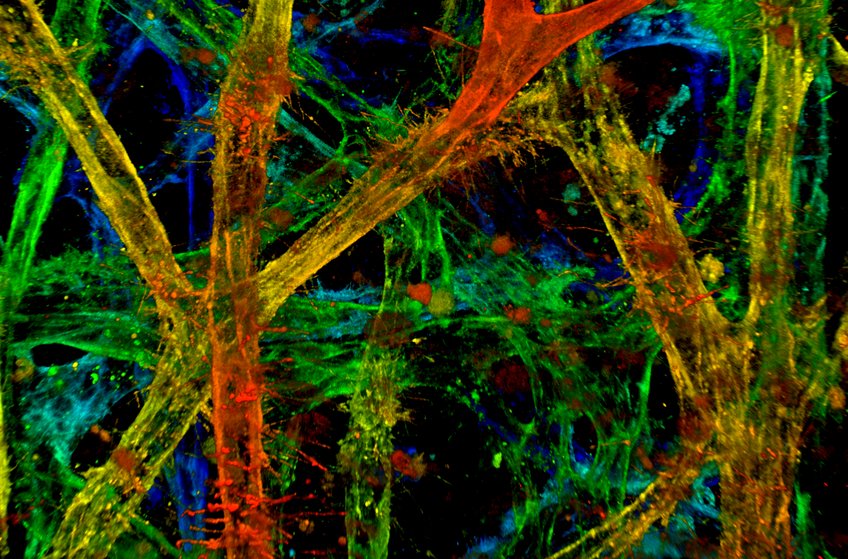
Biofunctional materials and 3D tissue and organ models
Group leader: Dr. Smriti Singh
We focus on the development of responsive functional materials that are engineered by bottom-up assembly methods using synthetic or natural polymers. The aim is to develop materials that can spatiotemporally regulate the interaction of biological systems with artificial surfaces.
To unravel mechanistic knowledge underlying diseases, our goal is to develop 3D tissue and organ models. Physiologically, organs are deeply interconnected in maintaining homeostatic. As a result, in a disease condition, one organ can modulate the function of other organs. Currently, the fundamental knowledge of such diseases where the overlap is from one organ to another is missing. To understand this we focus on fabricating multicellular, cross communicating in vitro models which are physiological enough to mimic the clinical pathophysiology of different diseases. To accomplish this we use our knowledge of tissue engineering, biomaterials and polymer engineering to fabricate ECM mimicking artificial and bio-hybrid scaffolds, develop new ways of cell coating and manipulation, surface functionalization, drug delivery and 3D printing to establish this new field of research.
Our three main areas of research are (click for more details):